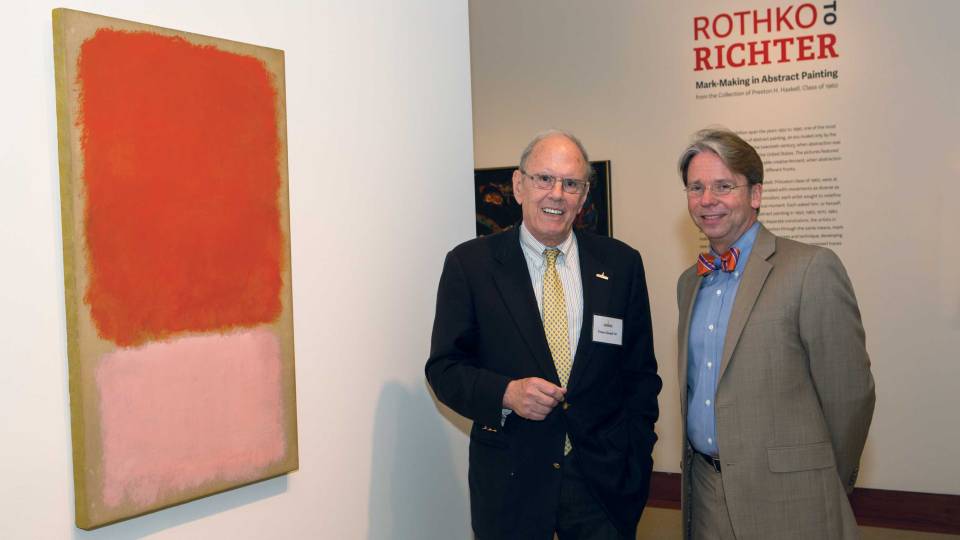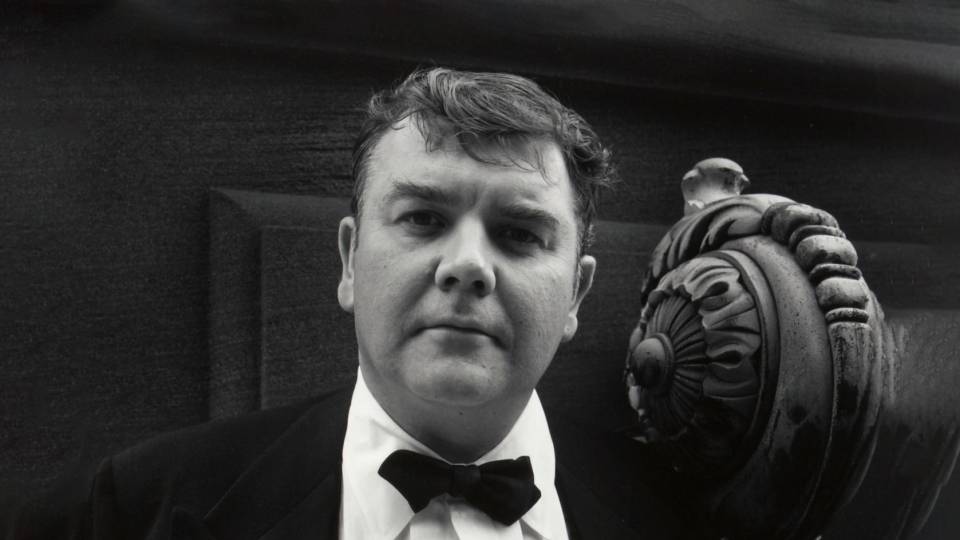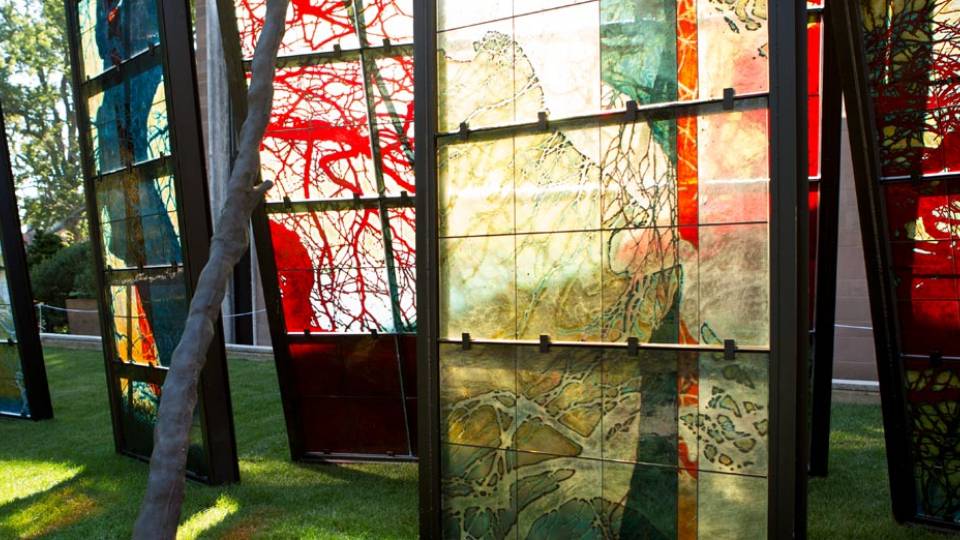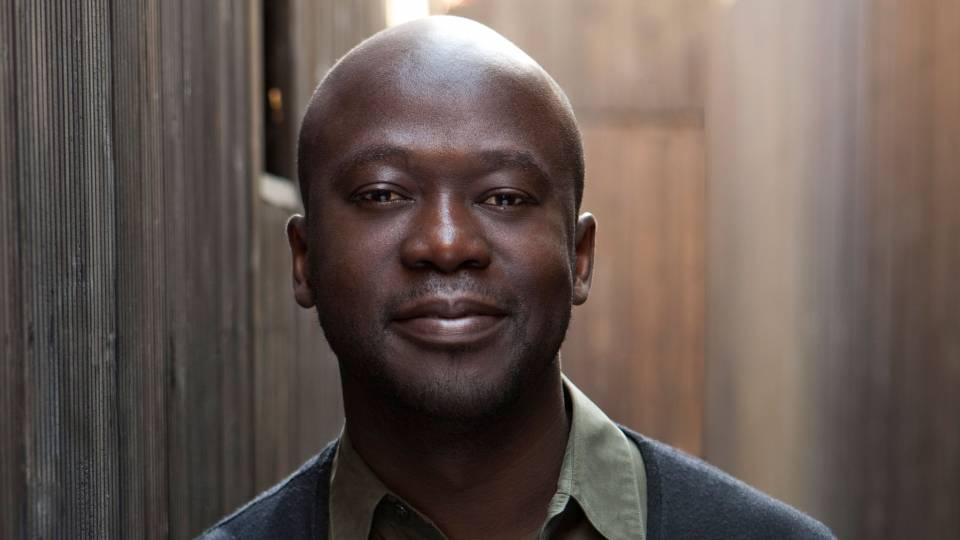A $5 million gift from Nancy A. Nasher and David J. Haemisegger of Dallas, both members of Princeton University's Class of 1976, will endow the directorship of the Princeton University Art Museum.
The funds to create the Nancy A. Nasher-David J. Haemisegger, Class of 1976, Directorship will provide essential support for this key leadership position in the arts community, according to Princeton President Shirley M. Tilghman.
"This much-appreciated gift will strengthen the ability of one of Princeton's great treasures to meet the educational and scholarly needs of our University community, while broadening the artistic horizons of countless visitors," she said. "Nancy and David's love of the visual arts — and the generous spirit with which they share it — promises to enrich both the cultural life of their alma mater and, because the Princeton University Art Museum is open to all, that of our nation as a whole."
The museum's current director, James Steward, who is also a lecturer with the rank of professor in Princeton's Department of Art and Archaeology, will become the first to hold the named directorship. He has introduced a host of measures to enhance the museum's accessibility and visibility since coming to Princeton in 2009 after 11 years as director of the University of Michigan Museum of Art.
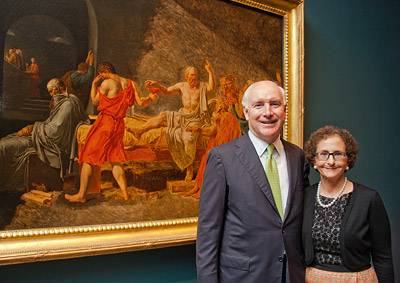
A gift from Princeton alumni David J. Haemisegger and Nancy A. Nasher will endow the directorship of the Princeton University Art Museum. (Photo by Henry Vega)
"The art museum and I are deeply honored by this transformative gift and by all that it represents," Steward said. "Nancy and David are helping to take the museum into a new phase of its history, ensuring that it will remain a vibrant resource for this exceptional University for generations to come — to the great benefit of our students and faculty, to scholars from around the world, to our community and to the museum-going public."
Nancy Nasher is the president of NorthPark Development Co. in Dallas; David Haemisegger is the president of NorthPark Management Co., a commercial real estate, mall development and management company founded by Nasher's father, the late Raymond Nasher.
The donors, who are married, are patrons of the arts. Nasher, a member of the advisory council of the Princeton University Art Museum, serves on the board of trustees of the Nasher Sculpture Center in Dallas, which houses her parents' collection of modern sculpture, and on the board of advisers of the Nasher Museum of Art at Duke University. Haemisegger is president of the board at the Nasher Sculpture Center, as well as a member of the board of trustees of the Dallas Museum of Art.
With their three children, in honor of Nasher's parents, they established the Patsy R. and Raymond D. Nasher Lecture Series at the School of Visual Art at the University of North Texas in 1998 to create a forum for internationally known sculptors and critics.
"Nancy and I believe deeply that great art is essential to the human experience, and that it deserves to be central to the Princeton experience," said David Haemisegger. "We are enormously excited by the museum's current direction and energy, and are delighted to help assure that it has the resources it needs to carry out its mission of service and engagement."
The Nasher-Haemisegger gift is part of Aspire, the University's five-year fundraising campaign that concluded on June 30, after raising $1.88 billion. The campaign included a commitment to the visual and performing arts as an essential element of the Princeton experience. Alumni and friends have provided significant support for a range of programs at the museum, including establishing endowments for curatorships of modern and contemporary art, prints and drawings, photography, American art and Asian art, and for its associate director for education.
Founded in 1882, the museum dates to the 1750s, when the first works of art entered the collection of what was then the College of New Jersey, making it one of the oldest art collections in English-speaking North America. Its collections feature more than 72,000 works of art ranging from ancient to contemporary, and concentrating geographically on the Mediterranean regions, Western Europe, Asia and the Americas. The museum's holdings are particularly strong in Chinese painting and calligraphy, art of the ancient Americas, and pictorial photography.
